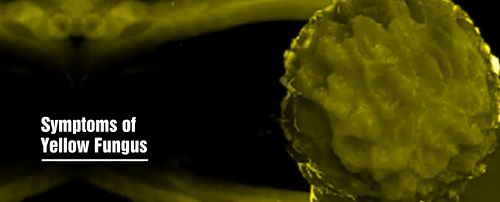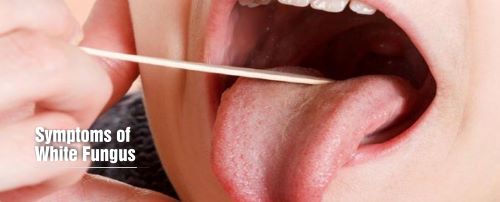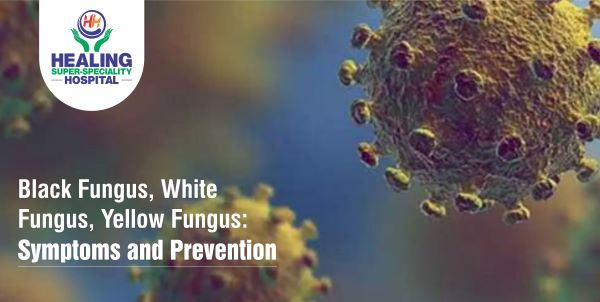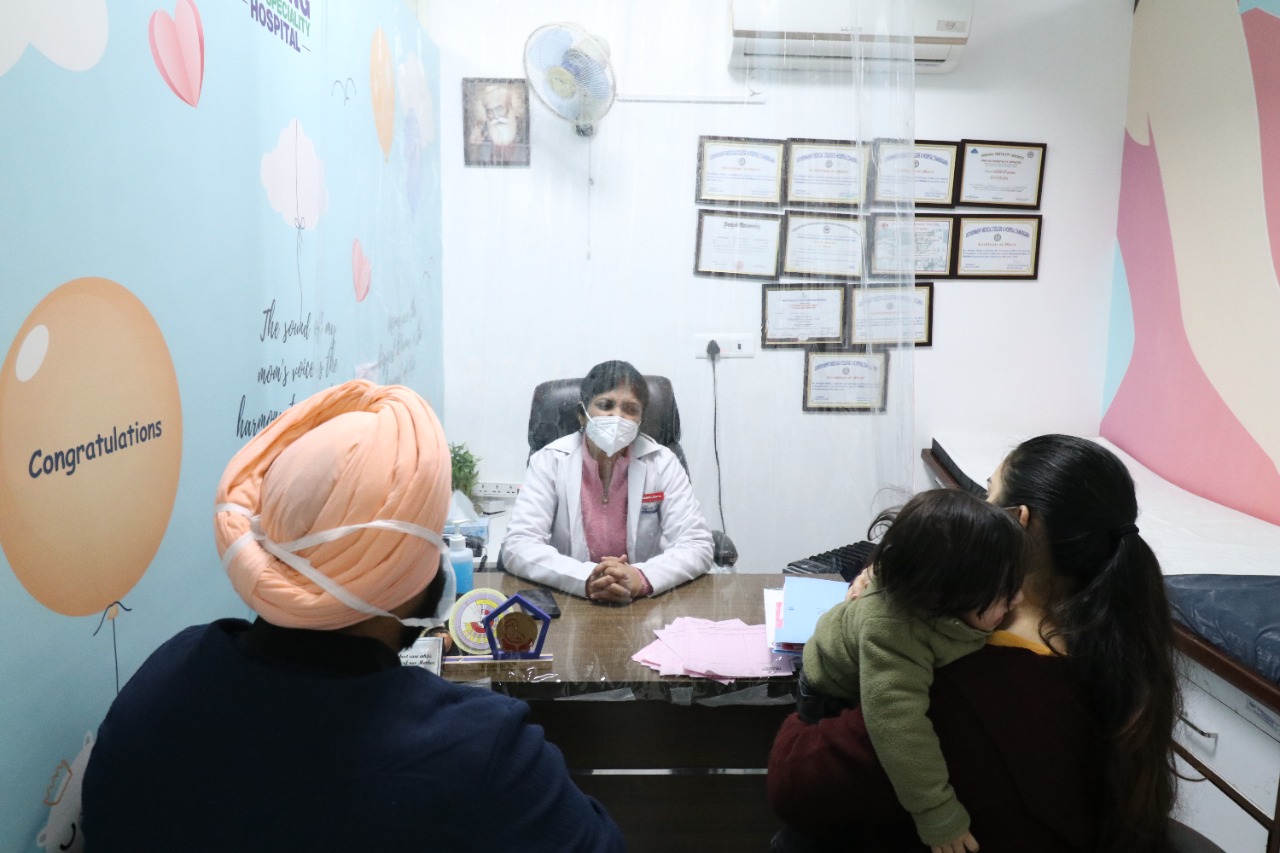In the recent past, India has reported many Black Fungus or Mucormycosis cases, particularly among COVID-19 patients. The Health Ministry even labelled Black Fungus as an epidemic. Subsequently, white fungus and yellow fungus infection cases also began to emerge even before healthcare professionals could devise a complete plan of action for dealing with black fungus cases.
Let us understand what black, white and yellow funguses are and how to prevent and treat them.
What is Black Fungus?
Mucormycosis is another name for black fungus. It usually affects the nasal cavity and paranasal sinuses, but it can also damage the eye, which can result in blindness and then spread to the brain.
Symptoms of Black Fungus
- Swelling on one side of the face
- Severe headache
- Nasal congestion
- Black lesions on the nose or upper side of the mouth
- Chest pain
- Breathlessness
- Difficulty in chewing or opening the mouth
What is Yellow Fungus?
This infection, unlike black fungus, begins to manifest itself inside before causing physical or physiological symptoms. This strain of the illness is spread via unsanitary circumstances, contaminated food, and contact with unsanitary medical equipment/tools. Like black fungus, overuse of steroids and antibacterial medicines can cause yellow fungus and affect patients with comorbidities or those on immunosuppressants.

Symptoms of Yellow Fungus
Internal symptoms emerge first, leading to pus leakage and severe necrosis in certain cases.
Along with that, delayed wound healing, tiredness, lack of appetite, weight loss, and sunken eyes are some of the early signs. It can potentially cause life-threatening symptoms such as organ failure in extreme situations. Experts urge people to see a doctor as soon as they discover any infection or other early signs in their bodies.
What is White Fungus?
White fungus comes from the Candida group. Like the other two types, this too affects people with a weakened immune system and reduced immunity, such as HIV patients, cancer patients, transplant patients, diabetic patients, immuno-compromised patients, and so on.
Although this sickness is not infectious, people are susceptible to the infection since these moulds can easily be breathed by a person. Moulds can spread to important organs through inhalation, potentially causing disastrous consequences.

Symptoms of White Fungus
Some of the early symptoms of white fungus are quite similar to those of coronavirus. A patient may have chest discomfort, cough, shortness of breath, headache, body pain, infection in certain body areas, or swelling. Along with this, there can be symptoms such as whitening of the tongue, diarrhoea, dark spots on the lungs, and reduced oxygen levels.
Also Read: https://healinghospital.co.in/fungal-skin-infections-types-symptoms-and-treatments/
Prevention from Black Fungus, White Fungus, and Yellow Fungus
Although these infections are not communicable or contagious, there are certain prevention tips that can be considered to prevent their onset such as follows:
- In COVID-19 patients, judicious administration of steroids and careful monitoring of blood sugar levels can help control the illness.
- Bacterial and fungal development may be avoided by keeping surroundings clean and eliminating stale food and faecal waste.
- Keep an eye on the humidity levels in your environment, since high humidity encourages bacterial development.
- Maintain contact with a doctor if your health changes as a result of the Covid-19 infection.
Treatment for Black Fungus, White Fungus, and Yellow Fungus
- Black Fungus: A black fungus patient should see an ENT expert and have an MRI brain done with contrast. Patients with Black Fungus are frequently prescribed Amphotericin and Bisavaconazole. Depending on how far the illness has progressed, a doctor may conduct surgery.
- White Fungus: White fungus may be treated with over-the-counter antifungal medications and does not require costly injections as in the case of Black Fungus. It has no direct link to diabetes; however, diabetes exacerbates most bacterial and fungal infections.
Yellow Fungus: Yellow fungus can be treated through an antifungal injection called Amphotericin B, which is also used to treat black fungus. Symptoms should be thoroughly monitored
























